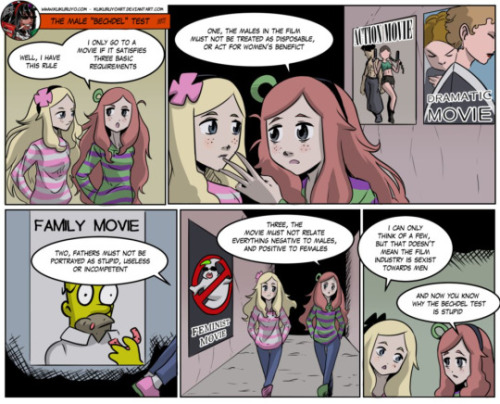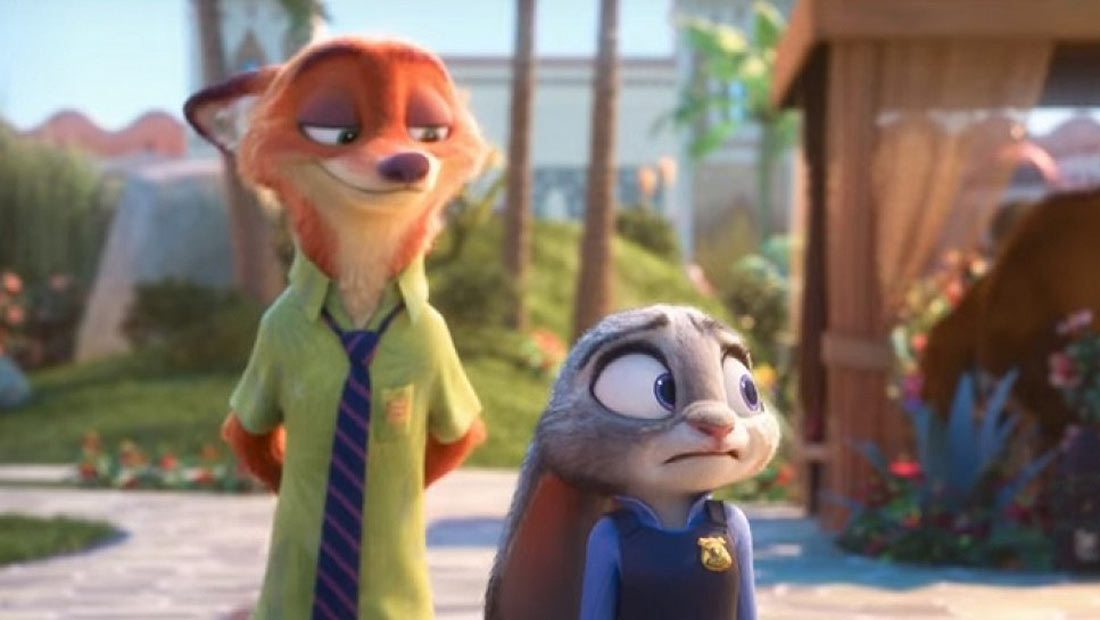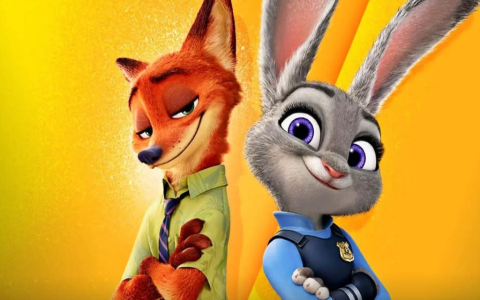Alright, so I was flipping through channels the other night, landed on Zootopia again. You know how it is, you’ve seen a movie a dozen times, but then something just grabs you differently. This time, I started really zeroing in on the female characters. And I thought, “Huh, I should actually dig into this a bit, see what’s really going on there.” So, that’s what I did. My little project, if you will.

My Process: Kicking Things Off
First thing I did was decide to properly rewatch it. Not just casual viewing, but with a bit of a mission. I grabbed a notepad – yeah, I’m old school like that – and just decided to jot down my impressions as they came. My main question was simple: how are the ladies actually shown in this flick? Are they just sidekicks? Damsels? Or something more?
So, I hit play. Right off the bat, you’ve got Judy Hopps. She’s the main character, obviously, a bunny wanting to be a cop. My first notes were all about her. Her drive, her optimism, but also how she’s constantly underestimated. I made a point to track instances of this. It wasn’t just one or two scenes; it was a running theme.
Digging Deeper: Character by Character
Once I had a good handle on Judy’s arc from my initial focused watch, I started thinking about the other female characters. It’s not a one-woman show, right? So, I went back, this time specifically looking for the roles and portrayals of others.
- Dawn Bellwether: This one was interesting. I specifically replayed her scenes. She starts off all sweet and trod-upon. I was looking for how her character was built up. Was she just a twist villain, or was there more to it? I jotted down her grievances, her motivations, even the subtle stuff in her early appearances.
- Bonnie Hopps (Judy’s Mom): I considered her role. Initially, she’s the typical worried parent, trying to steer Judy towards a “safer” path. But I also noted her support, albeit cautious. She wasn’t just a flat “no” character.
- Mrs. Otterton: Her screen time is limited, but I felt her portrayal was pretty impactful. I noted down how she conveyed desperation and determination without being overly dramatic. Just a concerned wife, fighting for her husband.
- Gazelle: I thought about her. More than just a pop star. I specifically noted her speech about Zootopia’s diversity and her role as a public figure. It wasn’t just fluff.
- Fru Fru: Even minor characters like Mr. Big’s daughter. I made a note of her. She has that brief, memorable scene where Judy saves her, and then she, in turn, inadvertently saves Judy and Nick. Small role, but she had her own personality.
Connecting the Dots: What I Found
After I had all these notes and observations scattered around, I started trying to piece them together. What was the overall picture? It wasn’t like I was writing an academic paper, you know? It was more about, “What’s the vibe here? What’s the message, if any?”
Judy is clearly the hero. And what I really appreciated, and wrote down in big letters, was that she’s not perfect. She’s got flaws. She makes a massive mistake at that press conference. That felt real. She wasn’t just ‘strong female character’ by numbers; she was a developed character who happened to be female.

Then there’s Bellwether. I spent a good while thinking about her. She wasn’t just evil for evil’s sake. Her villainy came from a place of feeling overlooked and wanting power. Twisted, yes, but there was a reason. I find that way more compelling than a simple cartoon villain.
What also struck me was the variety. You don’t just have one type of female. You have the ambitious go-getter (Judy), the quietly manipulative type (Bellwether), the concerned mother (Bonnie), the desperate spouse (Mrs. Otterton), and the influential public figure (Gazelle). They weren’t all cut from the same cloth. They had different strengths, different roles.
My Final Thoughts on the Whole Thing
So, after all this watching and note-taking, what did I land on? I felt Zootopia actually does a pretty commendable job. It’s not just about having female characters; it’s about what they do and how they are. They have agency. They make choices. They drive the plot, or significantly influence it.
It wasn’t some grand scientific experiment, just me, my notepad, and a movie I’ve seen a bunch. But breaking it down like that, really focusing on that one aspect, gave me a new appreciation for it. They didn’t just tick a box; they seemed to put some genuine thought into it. And for a big animated movie, that’s pretty cool to see. That was my little investigative journey, anyway!










